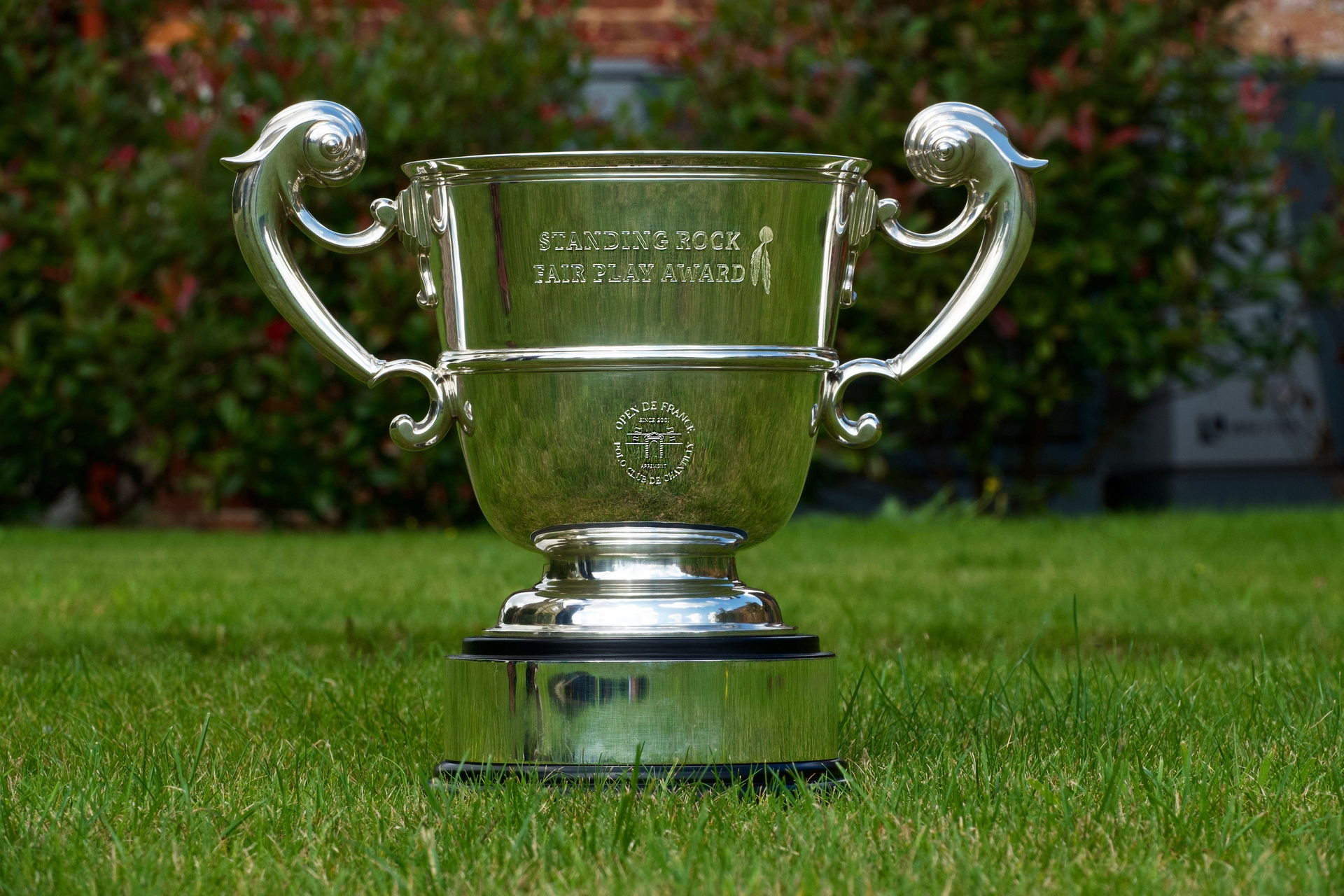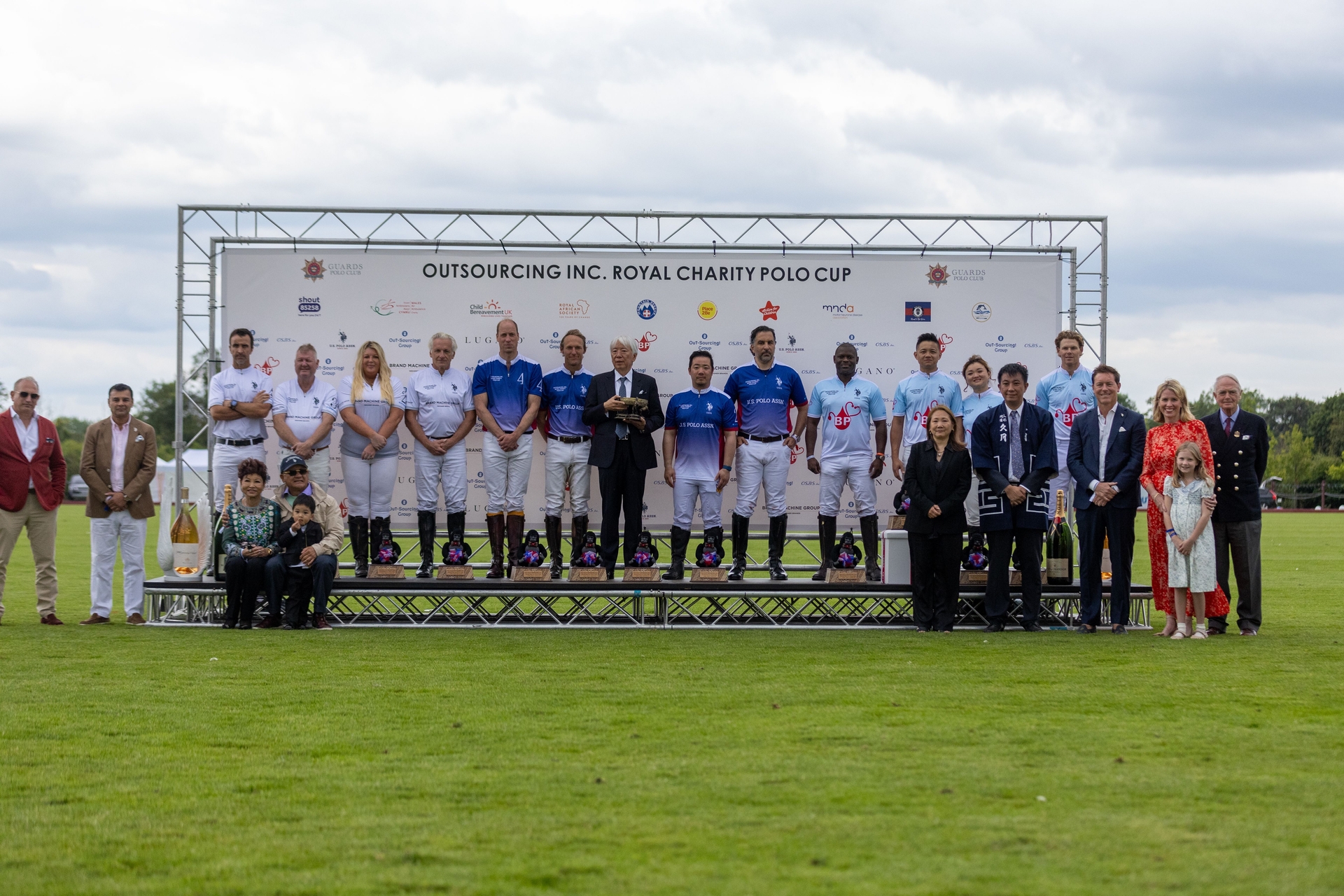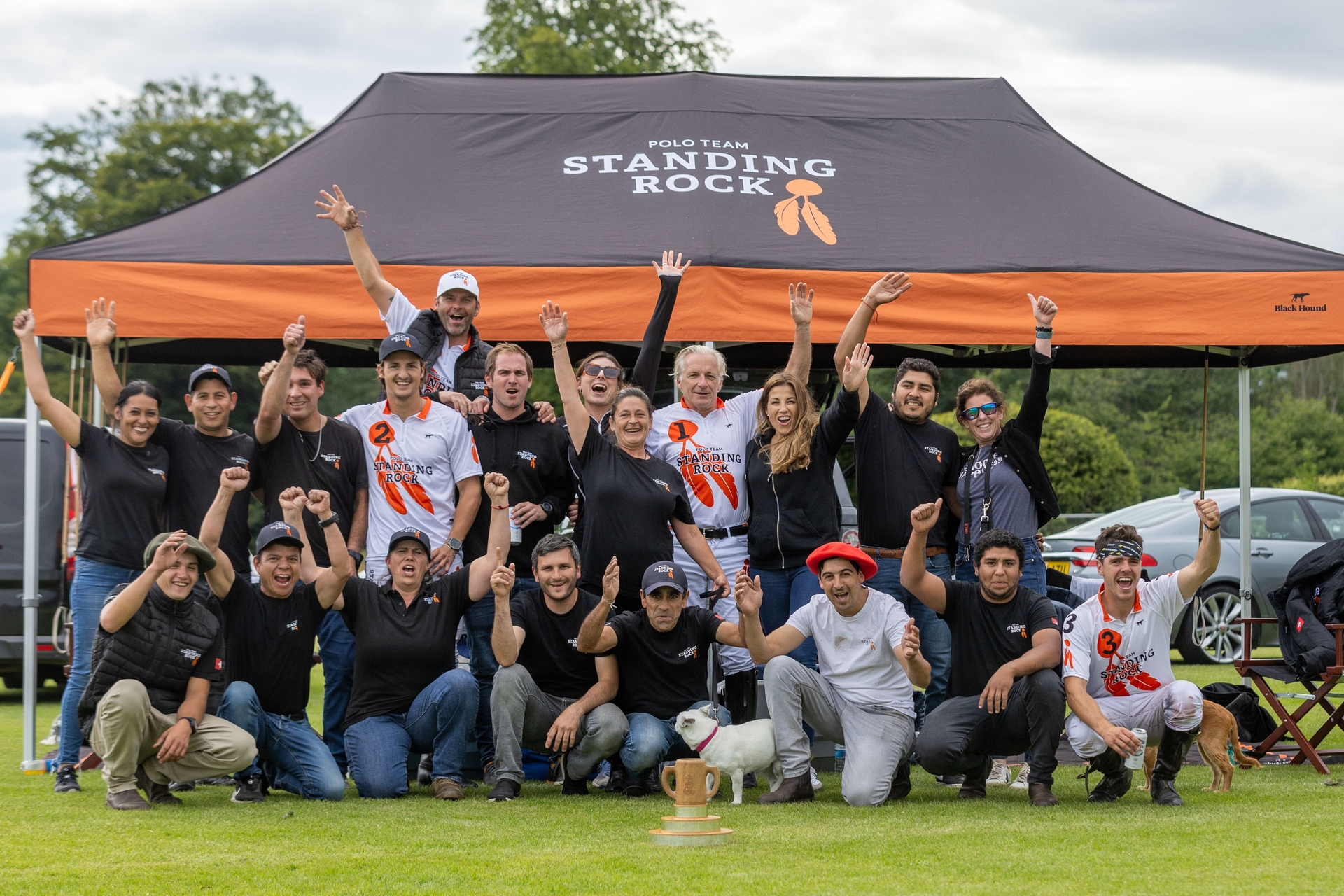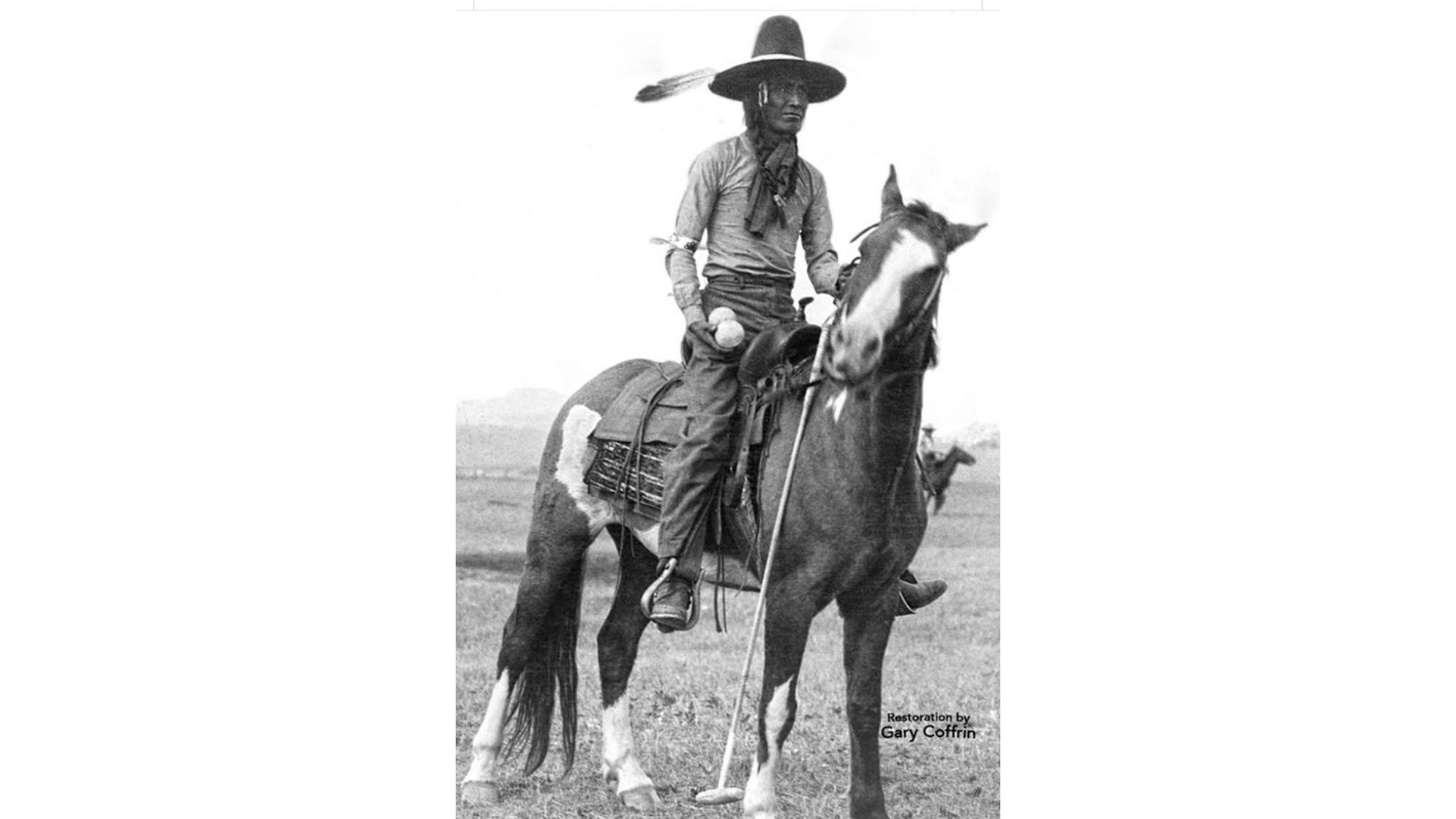
News 2025-01-09
Pushing to the limit
The style of polo played by the Native Americans of the 1700s and 1800s was the ultimate test of combative skills and horsemanship

Despite being considered as one of the oldest team sports in the world, the origins of polo have been widely debated, with the earliest aspects of the game dating back thousands of years. While polo’s exact roots are unknown, it is interesting to observe how the game has been played in various countries by different cultures and civilizations throughout history, to evolve into the modern version of the sport we know and love today.
In a fascinating article written by author Casper W. Whitney in a supplement from Harper's Weekly published in 1891, Whitney explores the development of polo in America, touching upon the rich history of polo, prior to the game arriving in the USA via England. Notably, he mentions the style of polo played by the Native Americans of the 1700s and 1800s. He describes the game as ‘like shinny on horseback’ (an informal type of hockey played on ice), with the Indians expertly using a short stick and riding with ‘a recklessness born of a set purpose to get possession of the ball, no matter what happens.’
From Whitney's account, the Indians displayed remarkable horsemanship and combative skills to do whatever it took to get the ball, including pulling one another from their horses. Whitney suggested that their form of ‘riding off’ would be more appropriately named as ‘riding down’, as players often ended up on the ground and would sometimes be pretty ‘badly damaged’, but happy nonetheless. A sketch of Native American Indian players, drawn by Mr. Remington from Whitney’s description of the game, gives us an idea of the speed, skill, force, brutality and aggression of their version of the game. Note the lack of tack for the horses or protection for the riders.
The Indians did not play with any particular number of players - sometimes there would be four players, sometimes eight - and there didn’t seem to be any rules - everything was permissible!
An extract from the print article 'Polo in America' written by author Casper W. Whitney in a supplement from Harper's Weekly published in 1891
Dakota, Montana and Wyoming were the most popular locations for play in the late 1800s, and Whitney never saw the game being played in more southern territories, but he did watch ball games played on horseback by the Apaches of Arizona.
No one knows when the Native American Indians began playing their form of polo, but tribal tradition has recorded it as ‘time out of mind’, and Whitney suggests that if you had asked the Indians, they would tell you they have always played it.
Considering their innate and instinctive horsemanship, it is no surprise they excelled at and pushed the boundaries of a ball sport played on horseback. Just as there is a deeply ingrained culture of horses in Argentina, we see how the history of the gauchos and the favorable natural conditions of the land of La Pampas is ideal territory for breeding polo horses and producing the best polo players in the world.
Horses shaped almost all areas of life for Native Americans for two centuries, as they travelled, hunted large animals such as Buffalo, and fought battles riding horses. There was great competition among Plains Indians for the best hunting and war horses, and the Indians would spend a lot of time with their horses, training them and bonding with them to earn their trust.
Our team Standing Rock is inspired by the values of the Native American Indians, and central to our ethos are the Seven Lakota Values, which guide us both on and off the field. We believe the Native American ancestors are role models of how to live, how to treat nature and animals, and how to show respect for others, and our aim is to follow their example of pushing the limits of tenacious team spirit and unparalleled horsemanship.
More News
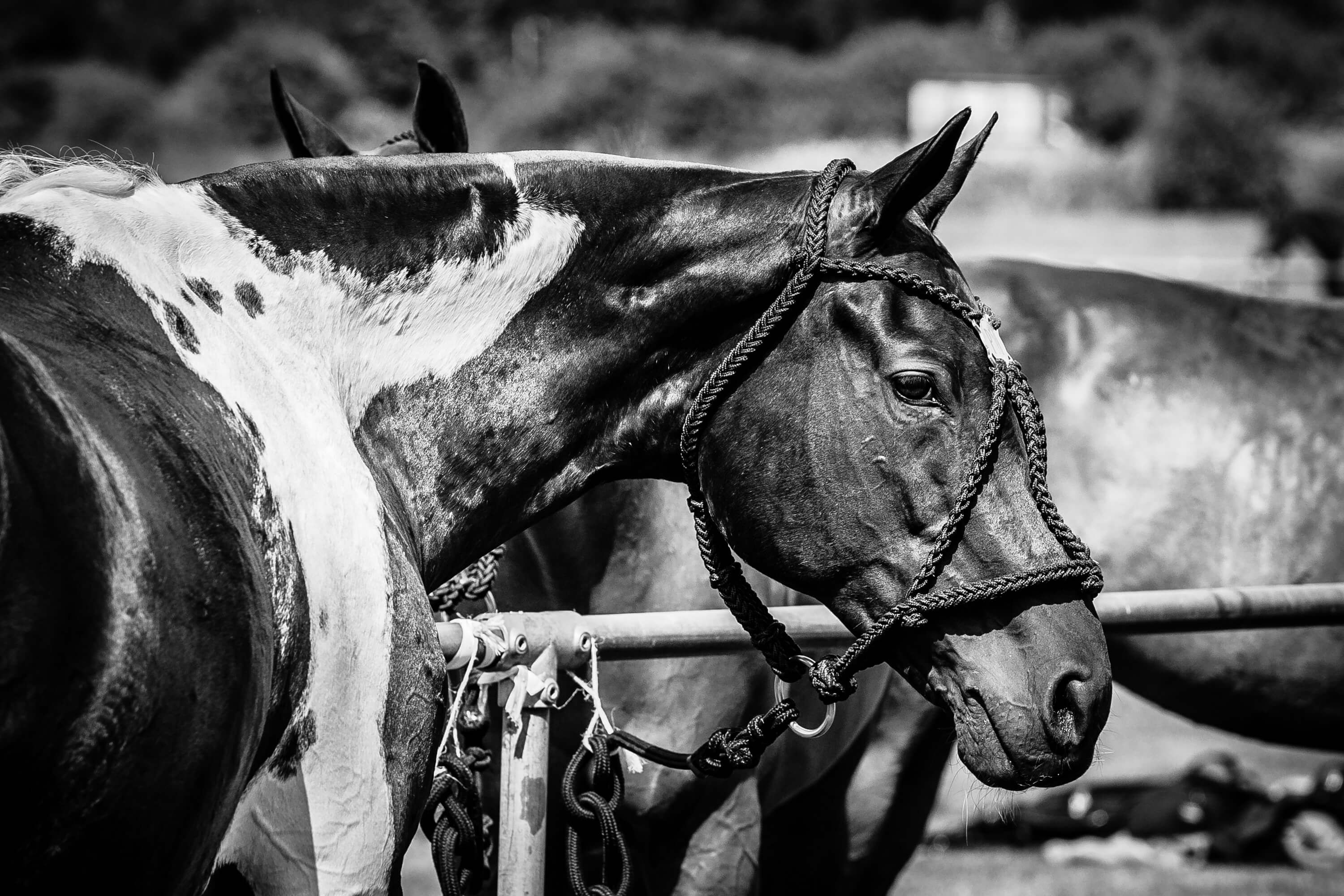
Get in touch
We welcome inquiries from potential customers, partners, and collaborators interested in learning more about our polo team and exploring opportunities for engagement.
Use our contact form
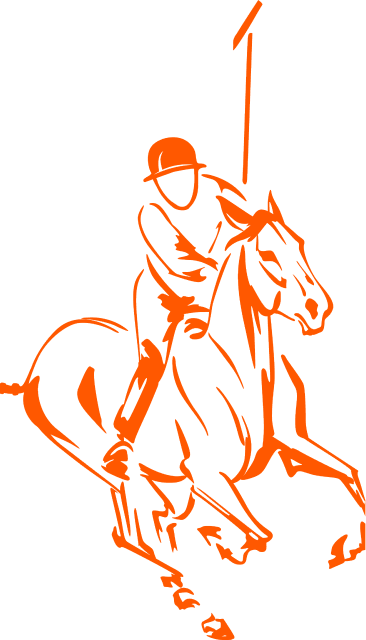
Would you like to receive news and updates, or are you a fan of Standing Rock and its values?
Sign up for our newsletter here.
